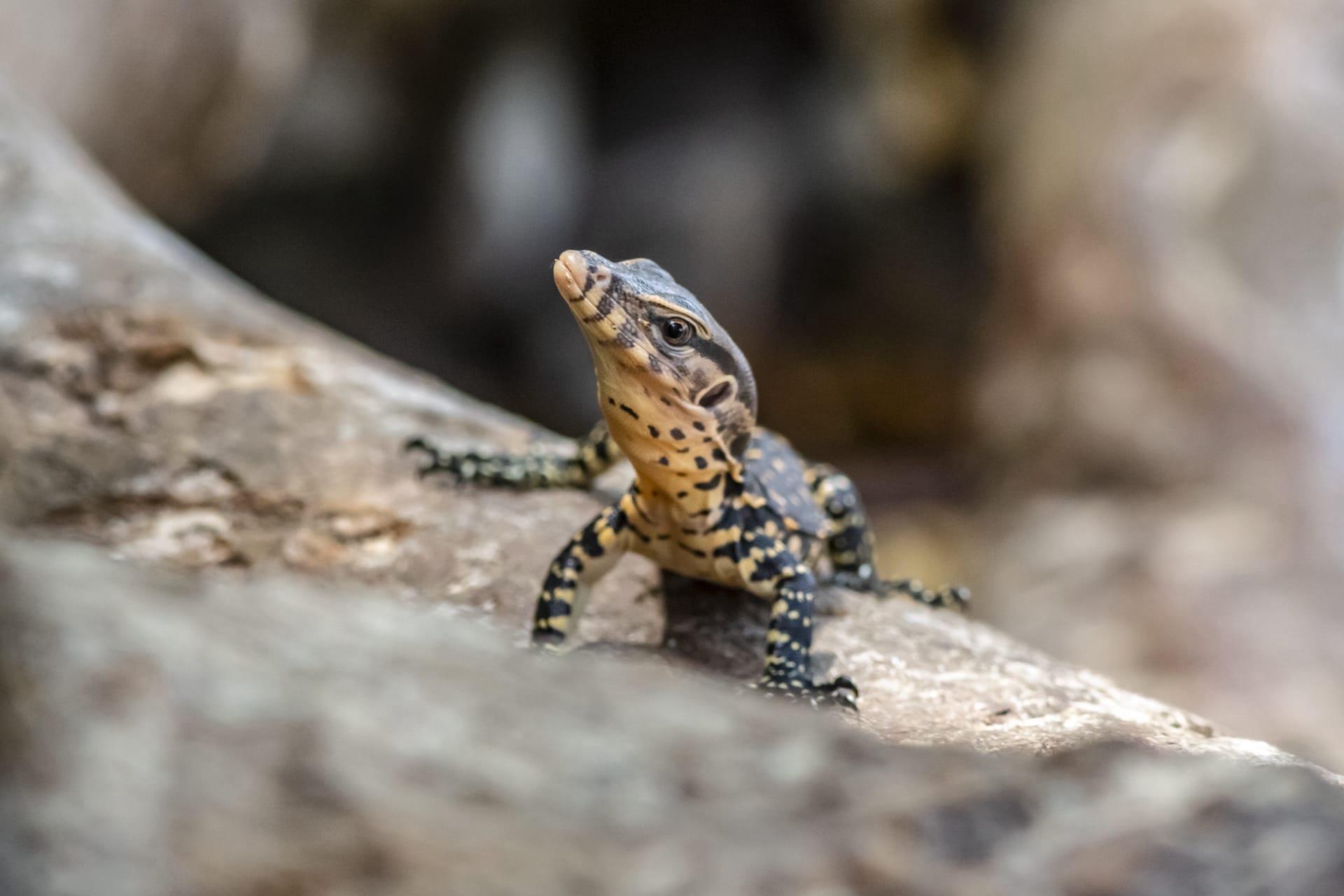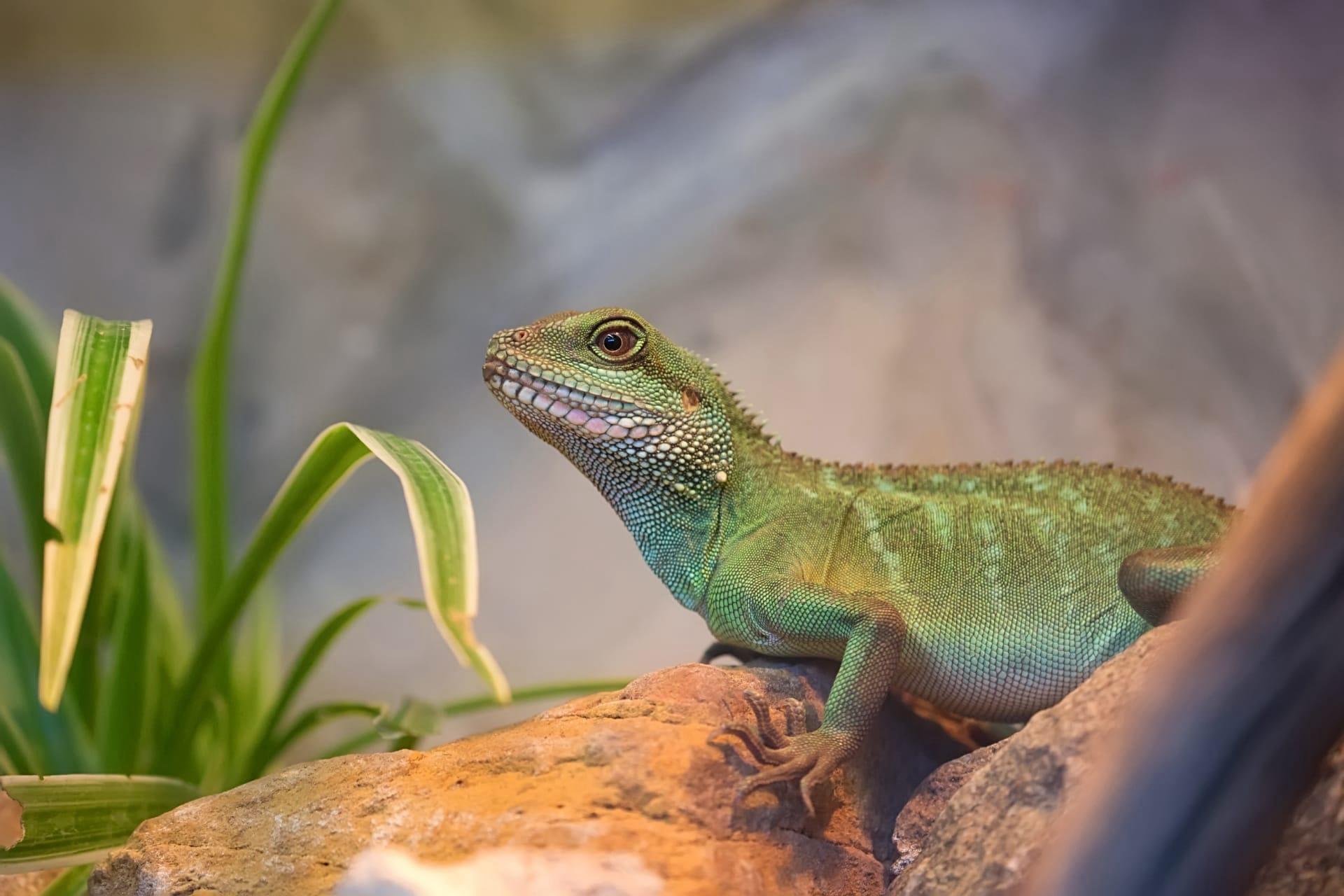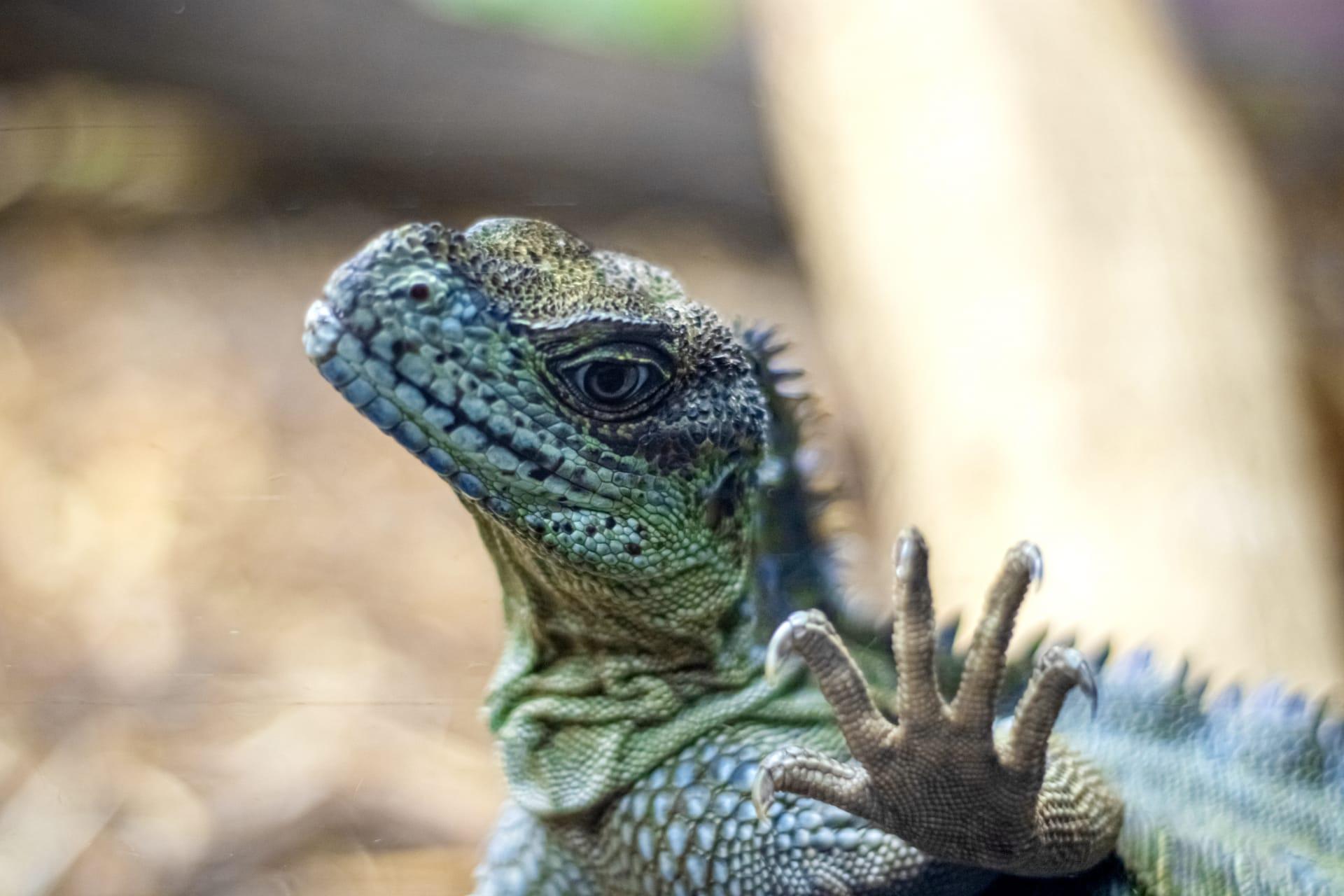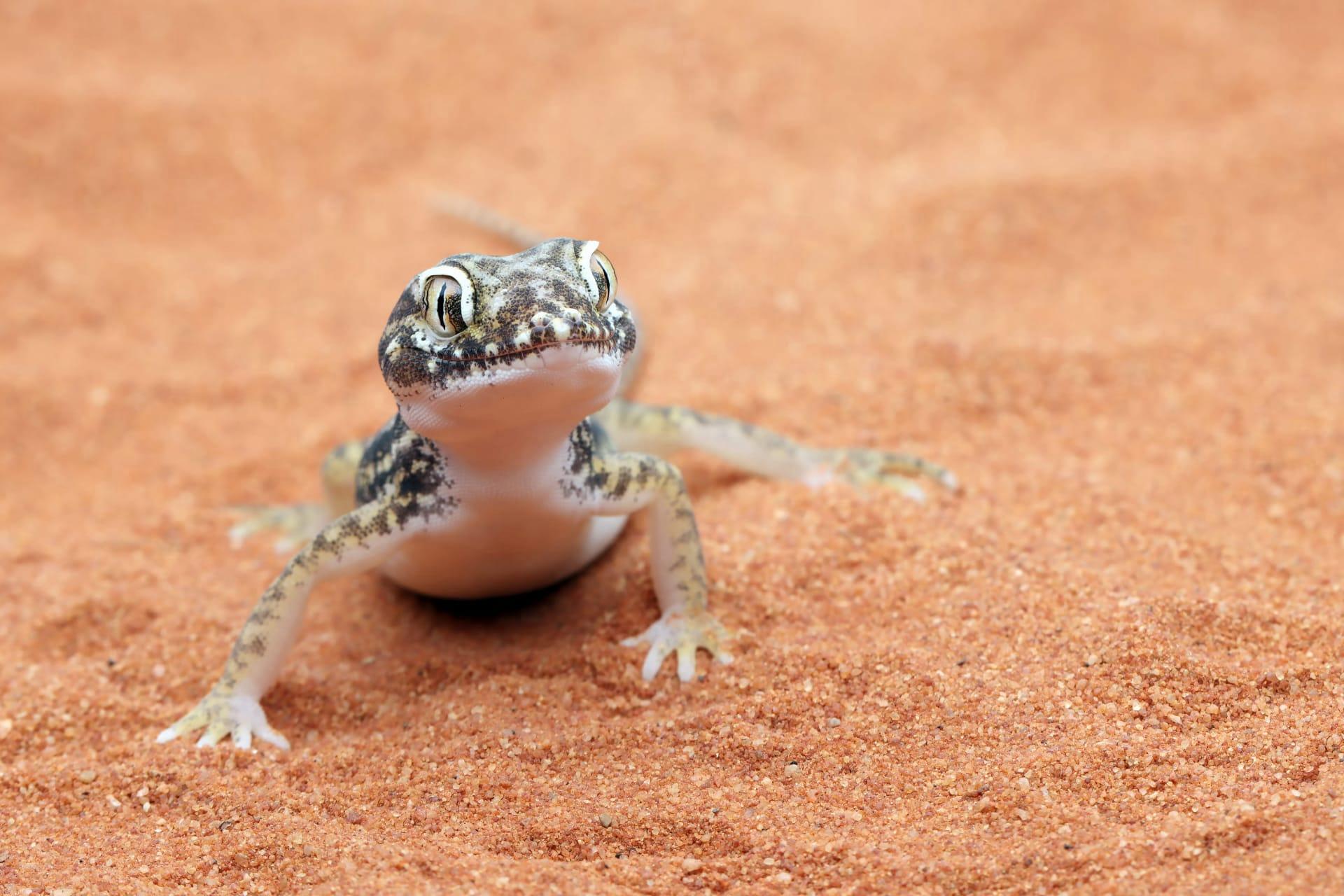Lizard Characteristics
- Home /
- Mini Encyclopedia /
- Animal /
- Lizard Characteristics
1
Lizards are a fascinating group of reptiles with a wide array of physical characteristics. Most lizards are small, typically ranging from a mere few centimeters, like the tiny gecko, to around 3 meters in length, as seen in the imposing Komodo dragon. Their lifespan varies widely too. While some may live for just a few years, others, like the tuatara, can live for over a century! These creatures are known for their vibrant colors, patterns, and sometimes even the ability to change their skin color.
One of the most remarkable organs of a lizard is its tail. In many species, the tail is prehensile, aiding in climbing and balancing. Perhaps the most intriguing aspect is the ability of some lizards to perform autotomy, a survival tactic where they detach their tail when threatened. This self-amputated tail continues to wriggle, distracting predators and allowing the lizard to escape. The lizard can then regenerate a new tail, although it's often not as long or perfectly formed as the original.

2
Question: Why do some lizards bask in the sun for long periods?
Answer: Lizards are ectothermic creatures, meaning they rely on external sources of heat to regulate their body temperature. Basking in the sun helps them to raise their body temperature to an optimal level for various physiological functions, including digestion, movement, and reproduction. Sunbathing is crucial for their survival, especially in cooler climates. This process of thermoregulation is essential for maintaining their energy levels and overall health.

3
Lizards exhibit a diverse range of movement characteristics, adapting to their environments in fascinating ways. Many species, like geckos, have specialized toe pads that allow them to climb smooth surfaces, even defying gravity by walking upside down on ceilings. Others, like the spiny-tailed lizard, are adept at burrowing, using their limbs and bodies to navigate underground. The speed of lizards also varies; the frilled lizard can sprint on two legs to escape predators, reaching speeds of up to 15 miles per hour.
In terms of feeding habits, lizards are predominantly carnivorous, preying on insects, small mammals, and other reptiles. Some larger species, like the Komodo dragon, can take down larger prey such as deer. Lizards hunt primarily using their acute vision; they can detect movement from long distances. Their tongues, especially in species like chameleons, are incredibly fast and precise, allowing them to snatch prey from the air or ground with remarkable accuracy.

4
Lizards inhabit a diverse range of environments, from deserts and rainforests to grasslands and urban areas. Their adaptability is key to their survival in these varied habitats. Desert-dwelling lizards, such as the Gila monster, have adapted to survive with minimal water, while rainforest lizards like the anole utilize the dense foliage to hide from predators and seek prey.
Regarding reproduction, lizards exhibit a variety of breeding strategies. Many species are oviparous, laying eggs in safe, concealed locations. Others, like the viviparous lizard, give birth to live young. Some species, notably certain types of geckos and whiptails, are parthenogenetic, meaning females can reproduce without male fertilization. The mating rituals and reproductive cycles of lizards are as varied as their habitats, with some displaying complex courtship behaviors and others adopting more straightforward approaches.

5
Book: "Lizards: Windows to the Evolution of Diversity" (2004) by Eric R. Pianka and Laurie J. Vitt. This book, originating from the United States, offers a comprehensive overview of the world of lizards. It delves into the evolutionary history of lizards, their ecological roles, and their behaviors. The authors, both renowned herpetologists, provide fascinating insights into the adaptability and diversity of lizards, making it a valuable resource for enthusiasts and scholars alike.
Book: "The Secret Life of Lizards" (2006) by Brian K. Schmidt and George R. Zug. This work, also from the United States, provides an intimate look into the lives of lizards. The authors, experts in the field, explore various aspects of lizard biology, including their survival strategies, reproductive behaviors, and environmental adaptations. The book is acclaimed for its accessible language and engaging narrative, bringing the mysterious world of lizards closer to the reader.